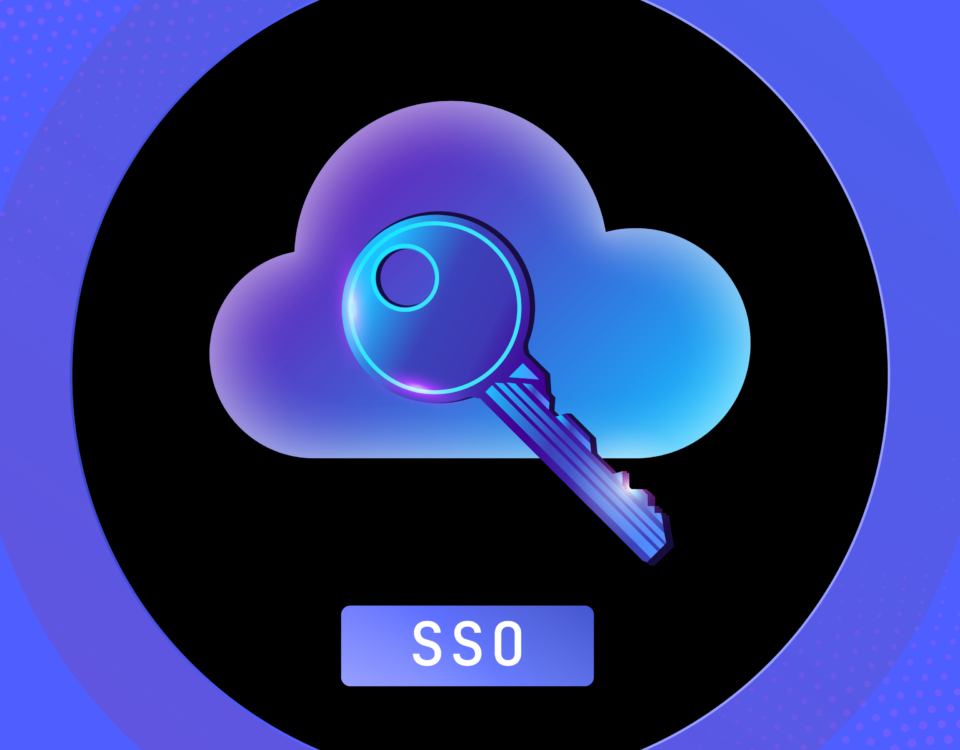
Strategies for Implementing Cybersecurity Mesh Architecture (CSMA)
March 17, 2025
Four Essential Tips for Building a Robust Fraud Management Strategy
March 17, 2025Understanding Cloud Security: The Basics
In today’s digital landscape, cloud security has emerged as a paramount concern for organizations leveraging cloud computing technologies. As firms increasingly adopt cloud services for operational efficiencies, understanding the fundamental principles of cloud security becomes critical. Cloud security encompasses a variety of measures designed to protect applications, data, and services residing in the cloud environment from unauthorized access, data breaches, and other threats.
The primary objective of cloud security is to safeguard sensitive information while ensuring compliance with regulatory requirements. This encompasses data protection strategies, which involve encryption techniques and backup solutions that minimize data loss risks. Additionally, secure access management is essential in cloud security; this involves implementing identity and access management (IAM) protocols to control who can access cloud resources and what actions they can perform. Effectively managing user permissions significantly reduces the chance of malicious attacks or insider threats.
Threat detection is another vital component of cloud security. Organizations must deploy continuous monitoring solutions to identify and respond to potential vulnerabilities or irregular activities. By utilizing cloud-native security tools, firms can enhance their ability to detect and prevent cybersecurity incidents in real time. However, organizations face unique challenges inherent to cloud computing, such as lack of visibility into data location and ownership issues. Additionally, shared responsibility models complicate security, as both cloud service providers and clients must collaborate to ensure a secure environment.
With these fundamentals in mind, it is evident that firms must prioritize robust cloud security strategies to mitigate inherent risks. Understanding the basic principles of cloud security not only aids in protecting data but also enhances overall organizational resilience against cyber threats. As firms navigate this evolving landscape, a solid grasp of cloud security can empower them to adopt effective practices that safeguard their digital assets.
Key Cloud Security Strategies to Implement
As firms continue to migrate their operations to the cloud, integrating robust security strategies becomes paramount to safeguard sensitive data and maintain trust with clients. One of the foundational aspects of cloud security is implementing strong identity and access management (IAM) protocols. By establishing comprehensive IAM systems, organizations can ensure that only authorized users have access to critical resources. This involves not only standard credentials but also multifactor authentication (MFA) to enhance protection against unauthorized access.
Another crucial strategy is the adoption of end-to-end encryption. This method ensures that data is securely encrypted both at rest and in transit, rendering it unreadable to unauthorized entities. By implementing end-to-end encryption, firms can significantly reduce the risk of data breaches, especially during data transfer processes. Choosing advanced encryption standards, such as AES-256, can bolster this strategy, ensuring data remains protected across various platforms and services.
Utilizing virtual firewalls is equally important in reinforcing cloud security. Virtual firewalls act as a barrier between internal networks and potential external threats, filtering incoming and outgoing traffic based on set security rules. They can be customized to suit specific needs, providing flexibility and a higher level of security tailored to the firm’s unique environment.
Conducting regular security assessments is another essential strategy that cannot be overlooked. These assessments help identify vulnerabilities and areas for improvement within the cloud infrastructure. Organizations should adopt a routine schedule to review their systems, analyze third-party vendors for compliance, and ensure adherence to best practices. Employing automated tools can assist in this process, offering real-time monitoring and alerts for any suspicious activities.
By integrating these key cloud security strategies—strong IAM protocols, end-to-end encryption, virtual firewalls, and regular security assessments—firms can establish a robust defense framework that significantly mitigates risks associated with cloud technology.
Developing a Comprehensive Cloud Security Policy
In today’s digital environment, the significance of formulating a robust cloud security policy cannot be overstated. A comprehensive cloud security policy serves as the foundation for protecting sensitive data and maintaining compliance across an organization utilizing cloud services. One of the initial steps in creating this policy should be a thorough risk assessment. This process involves identifying potential vulnerabilities within cloud infrastructures and understanding the specific threats that could endanger data integrity, confidentiality, and availability. By evaluating these risks, firms can prioritize their security measures and allocate appropriate resources effectively.
Another critical component of an effective cloud security policy is compliance with various regulatory requirements. Different industries are subject to unique legal obligations concerning data protection and privacy, such as GDPR or HIPAA. Organizations must tailor their cloud security policy to ensure adherence to these legislative frameworks while also considering international regulations if they operate in multiple jurisdictions. This not only helps in avoiding potential fines but also fosters trust among customers and stakeholders.
Incident response plans are also essential within a comprehensive cloud security policy. These plans outline the specific protocols to follow in the event of a security breach, ensuring that organizations can respond swiftly and effectively to mitigate damage. This should encompass clear roles and responsibilities, communication strategies, and steps for regulatory notifications, should they be necessary.
Lastly, employee training is fundamental to reinforcing the overall effectiveness of the cloud security policy. Firms should educate their staff about cloud security best practices, emphasizing the importance of their roles in safeguarding the organization’s data. Continuous training ensures that every employee remains accountable and is equipped with the knowledge to identify potential threats and respond appropriately. In conclusion, a well-structured security policy unites these elements, fostering a culture of security awareness throughout the organization while protecting its information assets.
Future Trends in Cloud Security to Watch
The landscape of cloud security is rapidly evolving, and firms must stay vigilant to adapt to the emerging trends that could significantly influence their security strategies. One of the foremost advancements on the horizon is the integration of artificial intelligence (AI) in threat detection systems. AI algorithms are increasingly capable of analyzing vast amounts of data to identify anomalies and potential threats in real-time. This capability not only enhances the speed of detection but also improves the accuracy of threat identification, allowing firms to respond more effectively to security incidents.
Another critical trend is the rising adoption of zero-trust security models. Traditionally, security models relied on perimeter defenses to protect an organization’s data. However, as remote work becomes more prevalent and cloud services expand, the zero-trust model advocates that organizations should never trust any user or device by default, regardless of their location. Instead, all users must be continuously authenticated and authorized before being granted access to resources. This approach significantly reduces the risk of breaches and ensures that sensitive data remains protected, even when accessed remotely.
Additionally, there is a growing emphasis on regulatory compliance, driven by increasing data protection laws and standards across various industries. Firms must navigate a complex landscape of regulations, such as the General Data Protection Regulation (GDPR) and the California Consumer Privacy Act (CCPA). A proactive approach to compliance not only avoids penalties but also enhances trust with customers and stakeholders. Implementing robust governance frameworks and data management practices must be a priority for organizations looking to safeguard their operations in an increasingly regulated environment.
As these trends develop, firms must not only acknowledge these changes but also adapt their cloud security strategies accordingly. Regular assessments and updates to security protocols will be essential in staying ahead of potential challenges in the evolving landscape of cloud security. The proactive incorporation of AI, zero-trust approaches, and stringent compliance measures will significantly bolster an organization’s security posture, ensuring resilience against future threats.




